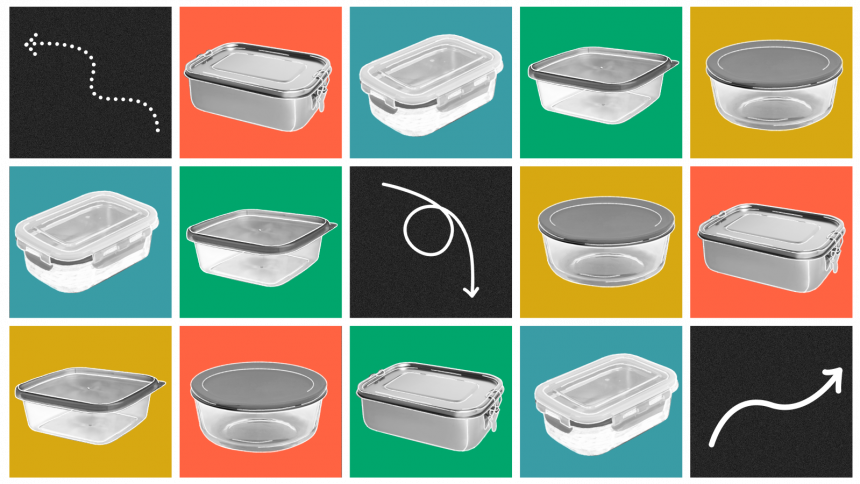For several months last year, Tailwind Cafe in Seattle offered patrons the option of ordering their Americanos and lattes in returnable metal to-go cups. Customers could borrow a cup from Tailwind, use it on the go, and return it to the shop at a later time. If the cup wasn’t returned within 14 days, a $15 deposit was charged. However, the deposit was refundable if the cup was returned within 45 days. Tailwind’s head chef, Kayla Tekautz, initiated this program to combat the environmental issue of disposable plastic foodware waste, as most of it cannot be recycled.
The cafe partnered with Reusables.com, a company specializing in reusable packaging, to provide branded cups and a QR code-operated drop-off receptacle. Unfortunately, the program faced challenges. Customers found it overwhelming to understand the return process, and were discouraged by the limited drop-off locations. Additionally, technical issues with the QR code reader caused further complications. As a result, Tailwind had to discontinue the program by the end of last summer.
Seattle has been making efforts to reduce single-use plastic by encouraging businesses to offer reusable cups, dishes, utensils, and packaging. Despite progress in certain events and establishments, the fragmentation of existing reuse programs has hindered the widespread adoption of reusable containers. Small-scale initiatives and disconnected systems have resulted in inefficiencies in container collection, washing, and transportation.
To address this issue, there needs to be a standardization of reusable packaging systems across different businesses. Companies should collaborate to create a network where customers can return containers at various locations, regardless of where they borrowed them. Achieving this would require a shift in consumer behavior and competition among businesses. Pat Kaufman, a manager at Seattle Public Utilities, emphasizes the need for standardized systems to tackle the plastic waste crisis effectively.
As global pressure mounts to reduce single-use plastics, companies are experimenting with reusable container programs. However, these efforts remain isolated, limiting the growth of the reuse sector. To truly make a difference, companies must adopt a new approach that focuses on high return rates and collaboration among businesses. By standardizing reusable packaging systems, the goal of a waste-free future can become a reality.






